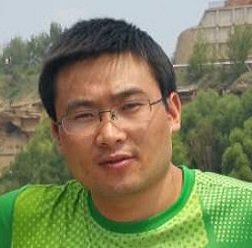
Shiquan Sun, PhD
Professor, Department of Biostatistics, Xi'an Jiaotong University; Director, Center for Single-Cell Omics and Health
 Shaanxi, China
Shaanxi, China
Research
Methods for Single-Cell Omics Data
Single-cell sequencing (scSeq) technology is a transformative new tool in molecular biology, which provides unprecedented insights into complex tissues (e.g., brain) at the level of individual cells, allowing for more precise research on cell heterogeneity. In contrast to traditional sequencing technologies (e.g., bulk sequencing), scSeq enables the analysis of hundreds of thousands of individual cells simultaneously, and also the profile of multi-omic information at individual cells, such as genomics, epigenomics, and proteomics. This provides unique opportunities, alongside challenges, for computational methods that can properly be used to identify rare cell subpopulations, define the cell states, and deal with batch effects, etc.
Methods for Spatially Resolved Omics Data
Recent advancements in sequencing technologies have enabled us to generate gene expression data with spatial location information. It has critical applications in the identification of tissue function, tracking of developmental processes, pathological detection of cancer tissue slices and combined application of molecular detection. Identifying genes that display certain spatial expression (SE) patterns can further our understanding of the tissue organization and the spatial transcriptome landscape. We present such a method, Spatial PAttern Recognition via Kernels (SPARK), as an effective statistical tool to identify genes with spatial expression patterns in spatially resolved transcriptomic studies. The particular features of SPARK are its ability to produce calibrated p-values and powerful results for spatial analysis.





